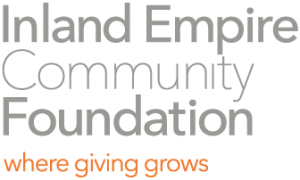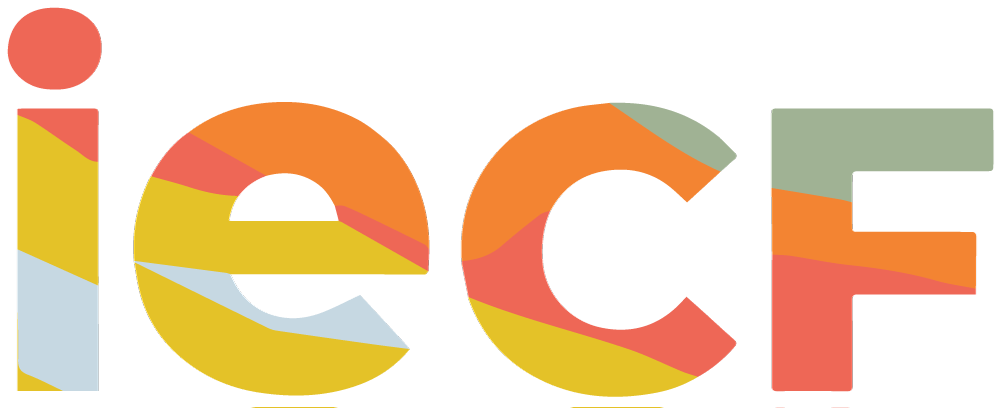Many people establish a donor-advised fund at IECF to simplify their giving, stay organized, and even engage the next generation in philanthropy. And, for some families, 2025 is the year when the donor-advised fund takes on an even bigger role in aligning charitable giving goals with changing tax laws. Even families who are not impacted by changing tax laws are beginning to view their donor-advised fund with more admiration for the variety and abundance of purposes it can serve. Let’s take a look:
 –Evaluate “bunching” in 2025. If you itemize deductions on your income tax return, you might have heard that things are changing in 2026 when both a floor and a cap on itemized charitable deductions kick in. This means 2025 offers a unique opportunity to “front-load” or “bunch” charitable contributions into your donor-advised fund before the tax landscape shifts. By making a larger contribution in 2025—perhaps representing two or three years of anticipated giving—you can maximize your tax deduction under the current rules while continuing to recommend grants to charities in 2026 and beyond.
–Evaluate “bunching” in 2025. If you itemize deductions on your income tax return, you might have heard that things are changing in 2026 when both a floor and a cap on itemized charitable deductions kick in. This means 2025 offers a unique opportunity to “front-load” or “bunch” charitable contributions into your donor-advised fund before the tax landscape shifts. By making a larger contribution in 2025—perhaps representing two or three years of anticipated giving—you can maximize your tax deduction under the current rules while continuing to recommend grants to charities in 2026 and beyond.
–Organize your giving. Your donor-advised fund at IECF already serves as a useful hub to organize your giving. You make tax-deductible contributions of cash or appreciated stock, and then recommend grants to your favorite organizations over time. With this in mind, make sure your fund is the center of your charitable activity—not a side account. In other words, consider making all of your charitable contributions through your donor-advised fund to streamline recordkeeping and tracking of your annual giving footprint.
–Adopt a portfolio approach. Alongside your donor-advised fund, you can establish a designated or field-of-interest fund at IECF to expand your charitable giving portfolio. A designated fund supports a specific charity for the long term, while a field-of-interest fund focuses on an area of community need, guided by IECF’s deep local knowledge. If you are over age 70½, your IRA’s Qualified Charitable Distributions can go directly to field-of-interest and designated funds—reducing taxable income while supporting the causes you care about.
–Establish a legacy. Of course, you can include your charitable funds in your estate plan. Many people name donor-advised funds or other community foundation funds as beneficiaries in their wills, trusts, or retirement accounts. Retirement plans such as traditional IRAs, for example, can be tax-efficient assets to give to your fund through your estate because the gift bypasses income and estate tax.
As you begin to view your donor-advised fund in a new light, remember that the IECF team is here to help you make the most of it, whether that means exploring how to “bunch your giving” in 2025, creating complementary funds, or planning your charitable legacy. We are honored to work together to ensure that your philanthropy continues to make a lasting difference in our community, today and for years to come.
Please reach out to our Charitable Giving Team anytime. Stay up to date on all the good work we’re doing through the power of philanthropy – sign up for our eNewsletter, Philanthropy Matters, today.
The team at the community foundation is honored to serve as a resource and sounding board as you build your charitable plans and pursue your philanthropic objectives for making a difference in the community. This newsletter is provided for informational purposes only. It is not intended as legal, accounting, or financial planning advice. Please consult your tax or legal advisor to learn how this information might apply to your own situation.


